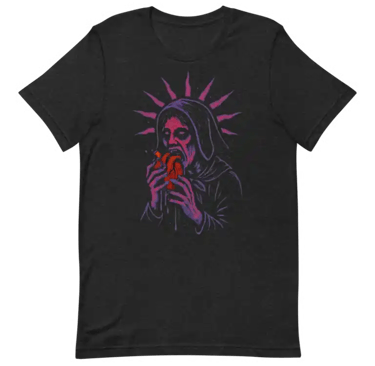Ten Terrifying Cults In Horror
Explore the unsettling world of cults in horror cinema, where collective madness and surrendering agency create uniquely terrifying narratives. Discover how films like "Hereditary" and ''Rosemary's Baby" highlight the sinister nature of these twisted organizations.
HORROR REVIEWS
Herm - darklongbox.com
10/12/202510 min read
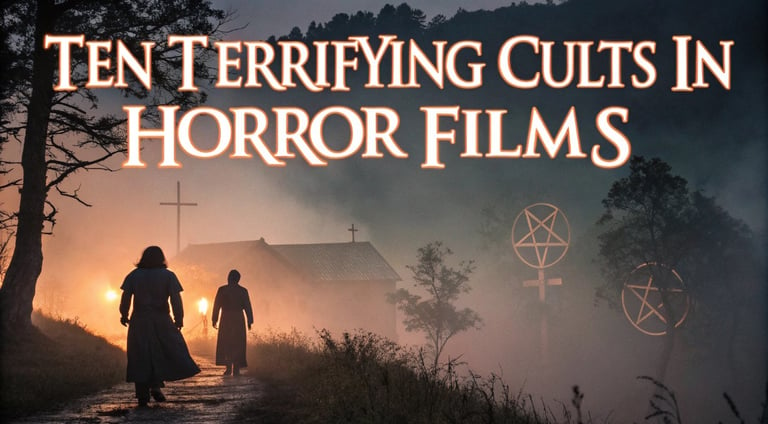

By: HERM (darklongbox.com)
Firstly, let me start by saying I'm flattered and honored to be writing a guest post for horrorandhexes.com. Seriously, the opportunity to contribute something meaningful here is kind of surreal. So, I decided to tackle a topic that's been consuming my thoughts lately—cults in horror cinema. See, I recently rewatched Late Night with the Devil and binged the first season of True Detective again, and both got me thinking about how these twisted organizations work their way under the skin. There's something uniquely terrifying about collective madness, about people who've willingly surrendered their agency to something darker than themselves.
Now, cults as the central threat in horror films? That's a tradition that goes back decades. We're talking 1960s with Rosemary's Baby, maybe even earlier if you count certain Universal monster films where angry mobs operate with cult-like mentality. But what makes cinematic cults so effective as horror antagonists is their grounding in reality—we know these groups exist in our world. Jim Jones, Heaven's Gate, the Manson Family... these aren't supernatural entities. They're humans who've organized themselves around belief systems that justify unspeakable acts. That's the kind of horror that follows you home. So I'm going to walk you through ten of the most terrifying cults ever committed to film, discussing their methods, their supernatural connections (or lack thereof), and exactly what makes them so damn scary. Fair warning: some of these will make you want to avoid communes, festivals, and maybe even your neighbors for a while.
The Hårga (Midsommar, 2019)
Ari Aster's Swedish nightmare commune might be the most insidiously terrifying cult on this list because everything happens in broad daylight. No creeping shadows here. No Gothic architecture. Just endless sunshine, flower crowns, and smiling faces right up until the moment they're not smiling anymore.
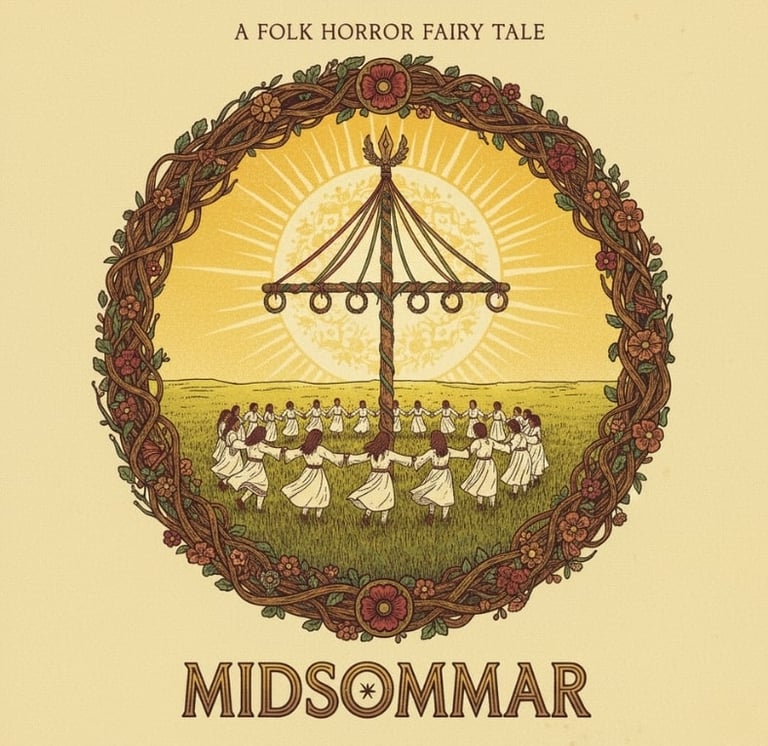

What makes the Hårga so effective is their psychological sophistication. These aren't backwoods fanatics—they're carrying on ancient Nordic traditions (well, some real, some invented by Aster and set decorator Henrik Svensson). The cult draws from the Hårgalåten folk song, where the devil disguises himself as a fiddler and enchants villagers to dance themselves to death. And speaking of death, their most shocking practice is the Ättestupa—ritual suicide at age 72, where elders throw themselves from cliffs. This actually has historical precedent in Norse culture as a sacrifice to Odin, which somehow makes it worse.
They also employ psilocybin mushrooms to break down psychological barriers (because who needs informed consent when you've got hallucinogens?), and practice ritualistic sexual ceremonies to maintain their bloodline. The centerpiece ritual—the May Queen selection through a dance contest—is inspired by the Hälsingehambon dance still performed in real Hårga, Sweden. The winner gains elevated status but becomes central to their sacrificial ceremonies. It's all very pretty and pastoral until you realize you're watching systematic horror dressed up as cultural preservation.
The Pagan Islanders (The Wicker Man, 1973)
Christopher Lee's Lord Summerisle presides over one of horror's most intellectually complex cults. The residents of Summerisle have reconstructed ancient Celtic paganism on their remote Scottish island, and they're not apologetic about it.
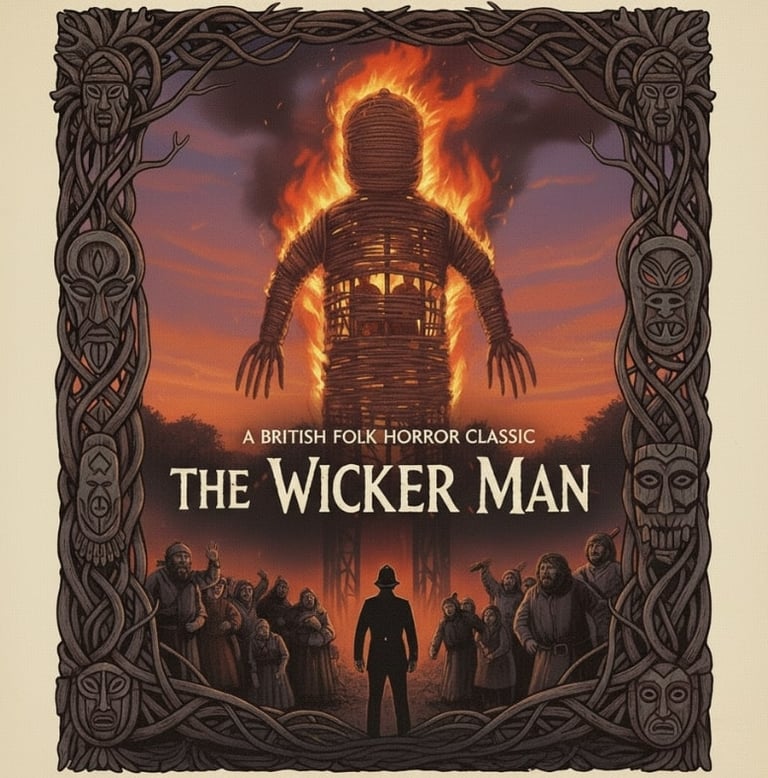

What sets them apart is their theological sophistication. These folks follow polytheistic beliefs rooted in Celtic and Norse traditions, worshipping "the Old Gods" through fertility rituals and sexual liberation. Their practices draw from Sir James Frazer's "The Golden Bough" and historical accounts of Celtic human sacrifice. When their apple harvest fails, they believe they must appease the gods with increasingly elaborate sacrifices—and here's the kicker: the film presents this as logical within their belief system.
Rather than using violence or drugs, they manipulate victims through hospitality and intellectual discourse. Lord Summerisle matches protagonist Sergeant Howie wit-for-wit, presenting paganism as equally valid as Christianity. That's what makes this cult terrifying—they genuinely believe they're right, and they make a disturbingly coherent argument. Plus, that ending? The burning Wicker Man sacrifice? Still haunts me decades later.
The Cult of Paimon (Hereditary, 2018)
This satanic organization plays the long game—and I mean long. We're talking multi-generational planning to bring the demon king Paimon into the physical world through careful bloodline manipulation.
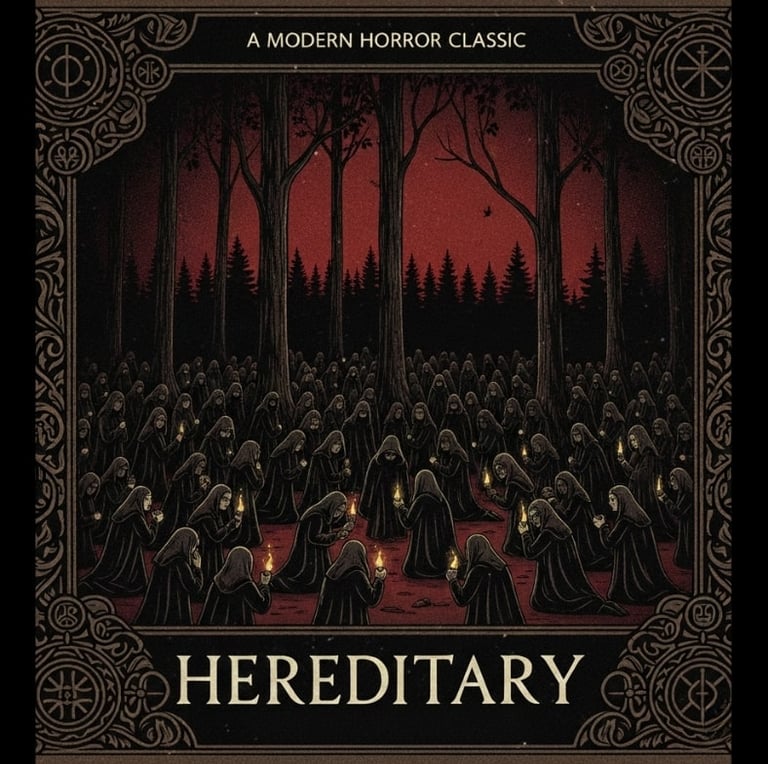

Paimon originates from 16th-century grimoires like "The Lesser Key of Solomon," described as the ninth spirit in the first order. He demands a male human vessel for full manifestation, which is why the cult—led by Annie's mother Ellen—spent decades infiltrating the Graham family. They previously tried using Annie's brother as a vessel, but he committed suicide after accusing Ellen of "putting people inside him." When that failed, they targeted Peter, using Charlie as an intermediate host.
What's genuinely creepy is how Paimon's sigil appears throughout the family's life—on Ellen's necklace, painted on telephone poles, etched into various locations. The cult plants these symbols to maintain supernatural influence. Joan manipulates Annie into conducting séances while the cult orchestrates Charlie's death to free Paimon from an "imperfect" female vessel. It's horror as conspiracy, with every "coincidence" revealing itself as orchestrated manipulation. The ending—with Peter crowned in that treehouse surrounded by naked cult members—is pure nightmare fuel.
The Castevet Coven (Rosemary's Baby, 1968)
Roman Polanski's Manhattan Satanists operate from New York's Bramford apartment building, proving that evil doesn't need isolation—it thrives in urban environments where everyone minds their own business.
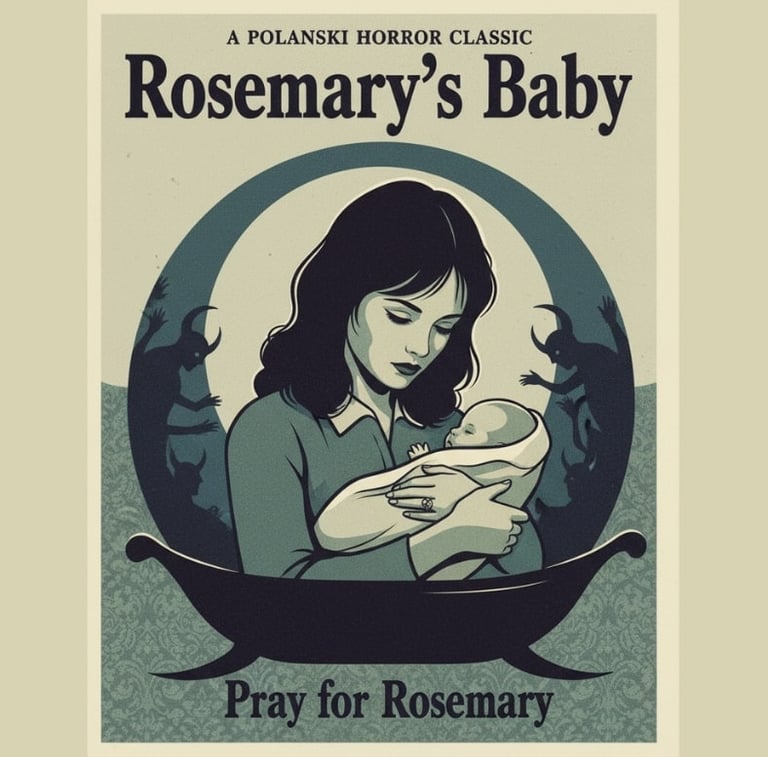

The cult traces its origins to Paris and Adrian Marcato, who "conjured up Satan" before being attacked by a mob. Roman Castevet is Marcato's son, continuing the family's satanic legacy. But what makes them truly insidious is their social integration. Unlike isolated rural cults, the Castevets operate within New York high society, recruiting through social connections and targeting vulnerable individuals like struggling actors (Guy) and isolated young women (Rosemary).
They use tannis root and other substances to control their victims, drugging Rosemary through food, jewelry, and medication. The conspiracy includes Rosemary's husband, doctor, and neighbors—demonstrating how the cult infiltrates professional and personal relationships. That's the horror here: you can't trust anyone. Your support system might be working against you. And by the time you realize it, you're cradling the Antichrist in your arms.
He Who Walks Behind the Rows Cult (Children of the Corn, 1984)
Stephen King's child theocracy in Gatlin, Nebraska, worships a malevolent entity dwelling within the cornfields, and they've established a society that eliminates all adults over a specific age.
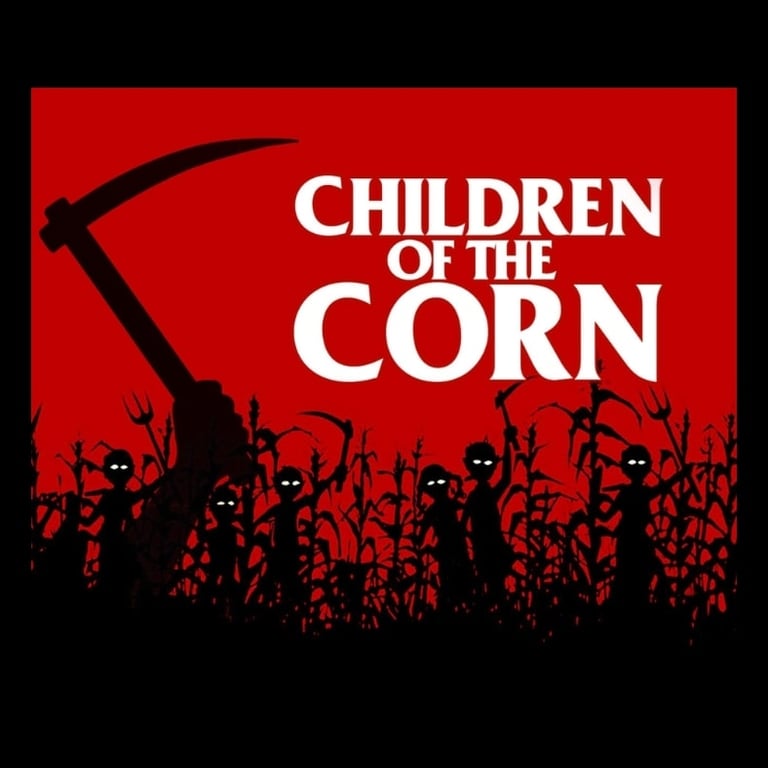

The entity—"He Who Walks Behind the Rows"—is Lovecraftian horror at its agricultural finest, possibly connected to other King entities like Randall Flagg. But the real terror comes from the cult's age-based hierarchy. Initially, they kill anyone over 20, later reduced to 19, then 18 as punishment for failures. This creates a constantly shifting power structure as leaders age out. Literally age out of existence.
Young leaders like Isaac Chroner claim direct communication with the entity through dreams and visions. The cult follows Old Testament-style fundamentalism mixed with agricultural mysticism. They believe eliminating "blasphemous" adults will ensure good harvests, performing elaborate sacrificial ceremonies involving crucifixion or burning. What makes this particularly disturbing is the child element—these are kids who've been so thoroughly indoctrinated that they'll murder their own parents without hesitation. The corruption of innocence hits different.
Eden Parish (The Sacrament, 2013)
This one cuts close to the bone because it's basically Jonestown with a documentary crew present. Director Ti West created a found-footage nightmare directly inspired by Jim Jones's Peoples Temple, and it's almost unbearable to watch.
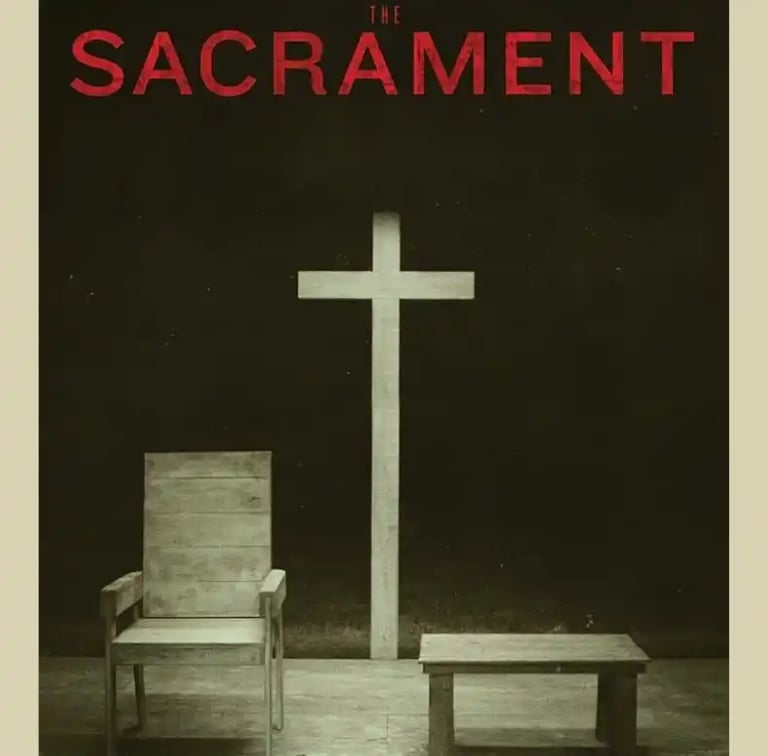

"Father" (Gene Jones) mirrors Jim Jones's manipulative charisma, offering political and religious freedom to desperate individuals. He presents the commune as utopia free from government interference, inequality, and capitalism. The cult targets vulnerable people—addicts, the mentally ill, the economically displaced—offering them purpose and community in exchange for total devotion.
Located remotely and accessible only by helicopter, Eden Parish physically separates members from outside influence. Armed guards control entry and exit. And then comes the final horror: mass murder-suicide using poisoned Flavor-Aid, forcing members to kill their children before taking their own lives. Watching this knowing the Jonestown massacre actually happened makes it almost unwatchable. The cult here isn't supernatural—it's pure human evil, which somehow feels worse.
Children of the New Dawn (Mandy, 2018)
Jeremiah Sand's hippie cult represents the dark side of 1960s counterculture—a failed folk musician who "found God" and established a religious cult to feed his narcissistic needs for worship and sexual control.
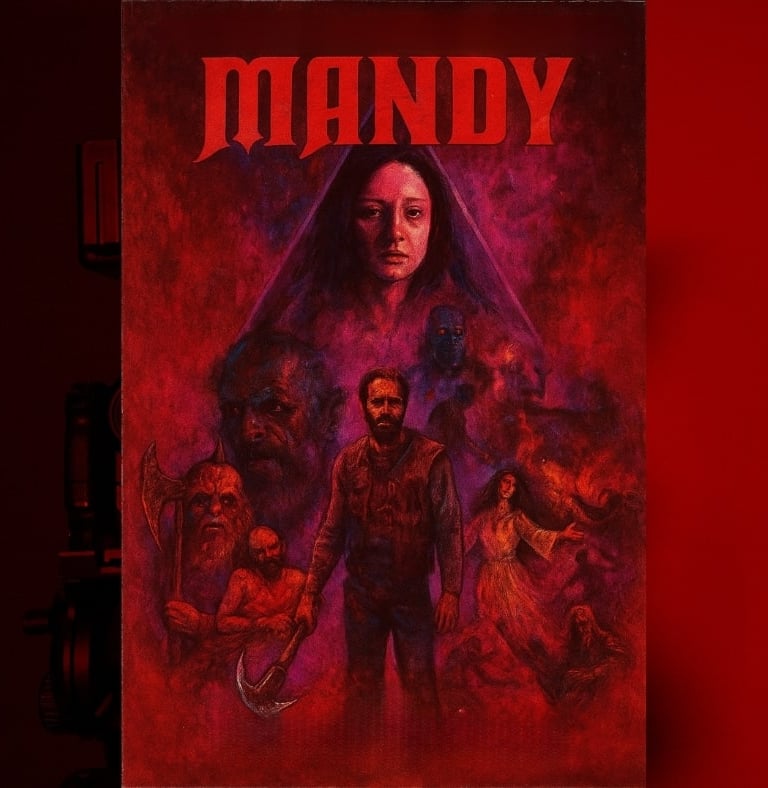

Sand's backstory mirrors real cult leaders who used spiritual authority to exploit followers. But what elevates this beyond typical cult horror is their connection to the Black Skulls—a cannibalistic, demonic biker gang that consumes LSD and appears partially supernatural. This relationship demonstrates how the cult extends beyond human followers into genuinely otherworldly territory.
Their signature execution method involves wrapping victims in sacks and burning them alive—combining practical murder with ritualistic purification. Members use LSD and other substances both recreationally and as tools of psychological control, creating altered states that reinforce group cohesion. The film is bonkers in the best way, and Nicolas Cage's revenge rampage against this cult is cathartic as hell.
The Organization (The Cabin in the Woods, 2012)
Drew Goddard's meta-horror masterpiece features a corporate cult that's industrialized human sacrifice. They've evolved from prehistoric cults that worshipped the Ancient Ones—primordial deities who ruled Earth before humanity—into a multinational corporation with advanced technology.

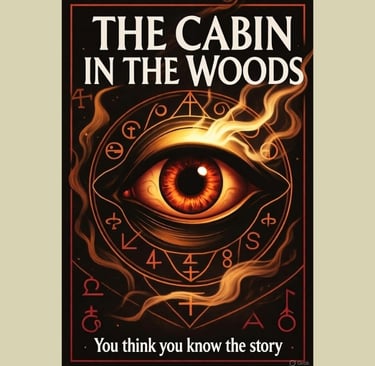
Operating worldwide with facilities in multiple countries, each branch conducts culturally-specific rituals while serving the same purpose. They've built facilities over ancient sacrificial sites, maintaining continuity with prehistoric practices while employing energy shields, creature containment systems, and psychological manipulation chemicals.
The American branch specifically demands five victim archetypes—the Virgin, the Whore, the Athlete, the Scholar, and the Fool—who must transgress and be punished in specific order. Failure results in the Ancient Ones awakening and ending civilization. What makes this cult brilliant is its commentary on horror film conventions themselves—we the audience are complicit in demanding these sacrifices for our entertainment. The Organization is us.
The Welsh Island Cult (Apostle, 2018)
Gareth Evans's early 20th-century commune worships and exploits a genuine nature deity, transforming from worshippers into oppressors.
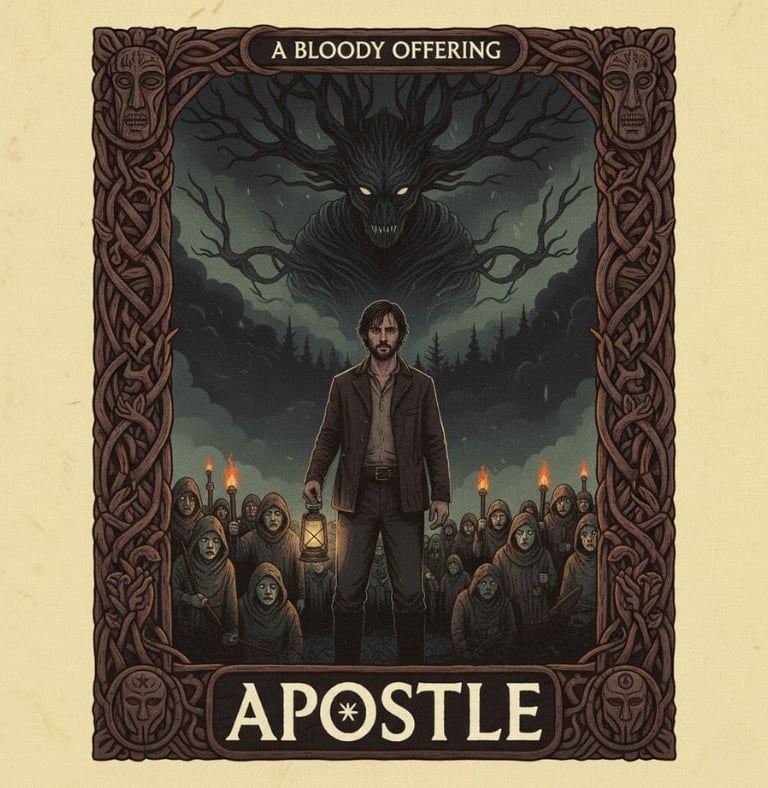

Three British convicts—Malcolm, Frank, and Quinn—discovered the island's goddess, who initially provided prosperity in exchange for worship. But over time they've imprisoned her, keeping her in tree roots and feeding her human blood to maintain agricultural productivity. Unlike truly malevolent entities, the goddess seems tragic—a victim of human exploitation.
The goddess's imprisonment has led to crop failures, stillborn livestock, and general decay, forcing the cult toward kidnapping for ransom and human sacrifice. Internal conflict fractures the cult between Malcolm (seeking practical control), Quinn (becoming obsessed with the goddess), and others, questioning their methods. It's a unique take on cult horror because the supernatural element isn't evil—the humans are. We corrupt even the sacred.
The Martyrs Cult (Martyrs, 2008)
Pascal Laugier's French extreme horror features a secret society conducting systematic torture to create "martyrs" who can transcend physical pain and witness what lies beyond death.
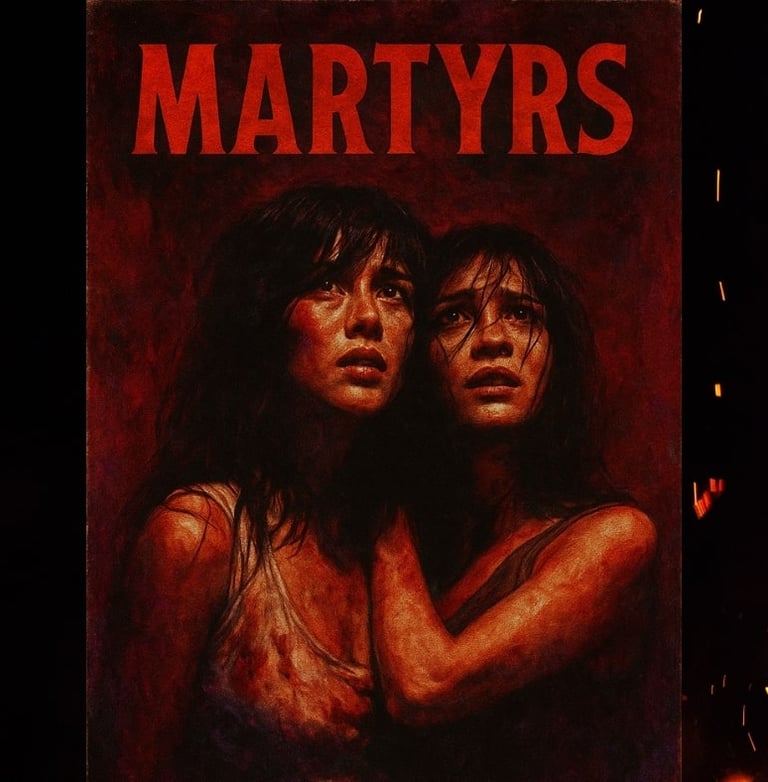

Led by "Mademoiselle," the cult believes extreme physical suffering can push victims beyond normal consciousness into a transcendent state. They distinguish between mere victims (who succumb to pain) and martyrs (who transcend it). They employ scientific approaches to torture, carefully monitoring victims' states, seeking the precise point where suffering transforms into transcendence.
They target young women specifically, believing them more capable of achieving the transcendent state. The cult operates with significant resources, maintaining facilities across multiple locations. The film's climax reveals Anna whispering her vision of the afterlife to Mademoiselle, who immediately commits suicide rather than sharing this knowledge. Whatever Anna saw convinced Mademoiselle her own damnation was inevitable.
Laugier intended the cult as a metaphor for nihilistic systems that perpetuate unnecessary suffering—paralleling industrial capitalism and other structures that cause human pain for abstract goals. It's brutal, uncompromising, and absolutely not for everyone. But it's effective precisely because it pushes horror to philosophical extremes.
Wrapping Up
These ten cults showcase horror cinema's evolution from simple devil worship to complex examinations of faith, power, manipulation, and the darkest impulses of human nature. Each represents different fears: loss of individual agency, corruption of spiritual beliefs, exploitation by charismatic leaders, and the terrifying possibility that some evils might actually be real.
What strikes me most about these organizations is how many ground themselves in reality. Even the supernatural cults operate according to recognizable patterns—charismatic leaders, isolation from outside influence, psychological manipulation, ritualistic practice. We recognize these patterns because they exist in our world, which makes the fictional versions hit harder.
Whether rooted in historical practices (the Hårga, Summerisle), psychological manipulation (Rosemary's Baby, The Sacrament), or supernatural horror (Hereditary, Children of the Corn), these organizations remind us that the most frightening monsters often wear human faces and speak in comforting words. They offer belonging, purpose, transcendence—everything we crave as social creatures. And then they exploit those needs until there's nothing left but devotion and horror.
Thanks again to horrorandhexes.com for letting me geek out about this stuff. Now if you'll excuse me, I need to go watch something lighthearted. Maybe a nature documentary. Nah, who am I kidding? I’ll probably just watch Rosemary’s Baby for the umpteenth time.
Author Bio:
Herm is a horror blogger, storyteller, podcaster, and founder of darklongbox.com, where he ceaselessly obsesses over horror comics, cult films, and shlock paperbacks.
JOIN THE HORROR COVEN
Enjoy exclusive special deals available only to our subscribers.
Connect
Explore dark tales and ritualistic mysteries here.
Support
+1-337-718-0155
© 2025. All rights reserved.
Flesh Catechism T-Shirt
Eat Your Heart Out
$22.50

